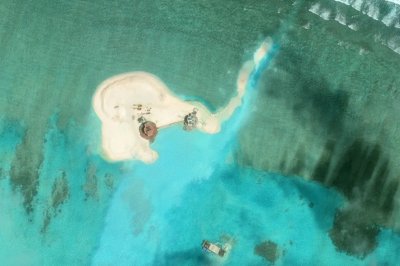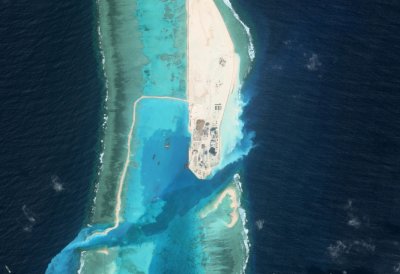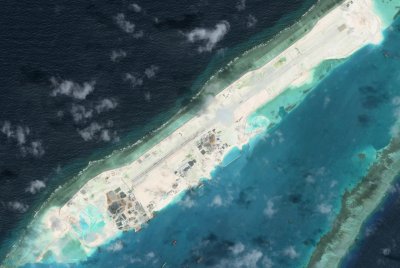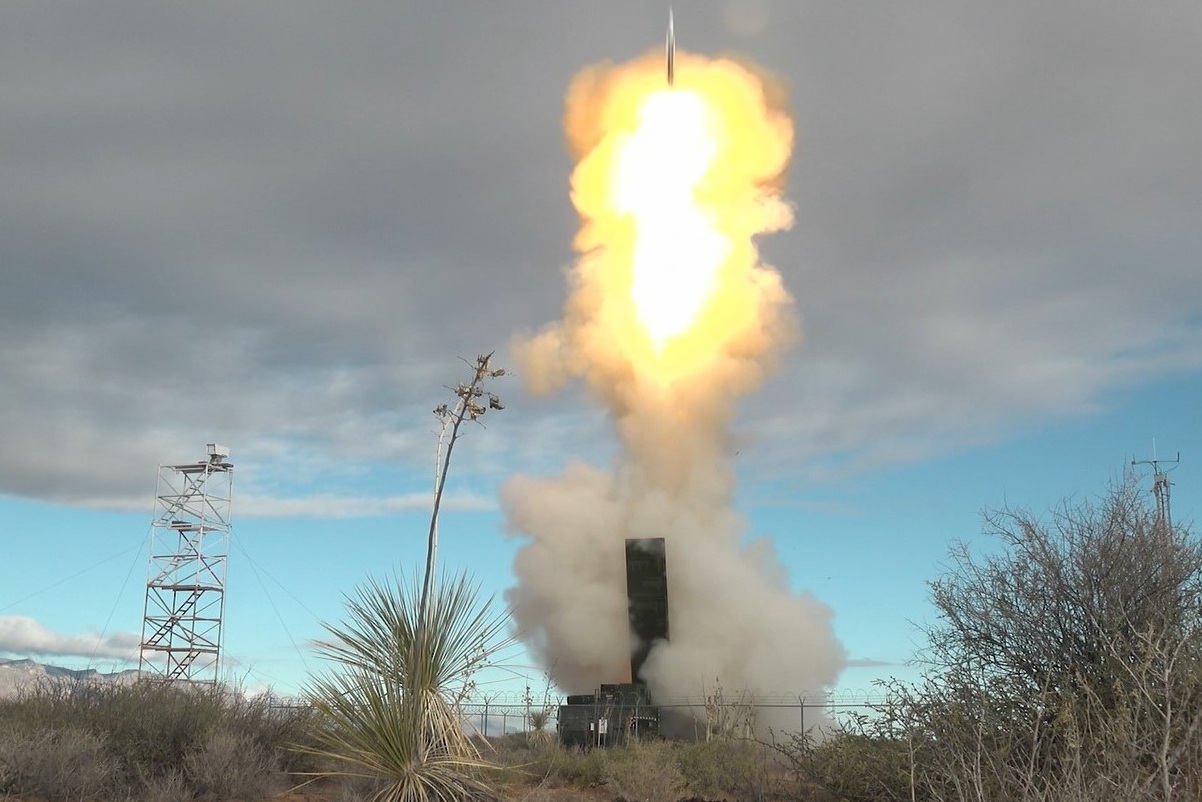Chinese activities in the South China Sea have remained a focal point in the ongoing dispute over the contested waters, drawing attention for their scale and security implications.
Between 2013 and 2017, the East Asian power constructed seven artificial islands in the Spratly archipelago, a cluster claimed by five other governments—Vietnam, the Philippines, Taiwan, Malaysia and Brunei—located hundreds of miles from China's southernmost province of Hainan.
Newsweek reached out to the Chinese and Vietnamese foreign ministries with emailed requests for comment.
Why It Matters
U.S. and allied concerns were realized when China moved to militarize the installations, despite earlier assurances by Chinese President Xi Jinping that it would not do so. The artificial islands now host fighter-jet hangars, anti-ship cruise missile systems and other military infrastructure.
Beijing also uses its holdings in the Spratly Islands as launch points for regular coast guard patrols deep into neighboring countries' maritime zones. The operations often involve so-called gray zone tactics—coercive actions that fall short of open warfare—to gradually assert control over vast swathes of the sea.




Maritime Land Grab
While China has done the most to physically reshape the South China Sea—through which an estimated one-third of global trade flows annually—it is not alone. Vietnam, China's neighbor and the country with the second-largest footprint in the Spratly Islands, has been expanding its presence at a rapid clip.
Since June, Vietnam has reclaimed 641 acres of land, according to a report by the Asia Maritime Transparency Initiative (AMTI), part of the Washington-based Center for Strategic and International Studies. Satellite imagery from Maxar Technologies highlighted the scale of the expansion.
The figure nearly matches the 692 acres reclaimed between November 2023 and June 2024, bringing Vietnam's total to more than 2,300 acres—roughly two-thirds of China's total reclaimed area in the Spratly Islands.
Vietnam Eyes Military Infrastructure
According to AMTI, Vietnam appears to be following China's example in enhancing its military footprint in the archipelago.
Harbors are under construction at eight of the 10 newly expanded features, and "harbors now account for nearly half of that acreage, a figure that suggests that enhanced maritime logistics are a core component of Hanoi's expansion goals," the report said. That is much more than the four harbor facilities Vietnam had in the Spratly Islands prior to 2021.
"This significant increase in port facilities will allow Vietnamese military and law enforcement to operate in greater number and for longer periods of time before returning to shore—the same logistical advantage that China has used to maintain year-round patrols in the Spratlys," AMTI wrote.
Other developments include fortified pillbox emplacements at Cornwallis South Reef and a newly built 8,000-foot airstrip at Barque Canada Reef, long enough to accommodate military aircraft.
In a rare public rebuke of Hanoi, the Chinese Foreign Ministry in February took aim at the airstrip, claiming sovereignty over what it calls Bai Jiao (White Reef).
"China always opposes relevant countries conducting construction activities on illegally occupied islands and reefs," spokesperson Guo Jiakun said.
Ongoing development of Pearson Reef, Tennent Reef and Ladd Reef also make them viable future runway candidates, AMTI said.
Tensions Below The Surface
It remains unclear how Beijing will respond to a significantly expanded Vietnamese presence in the Spratlys. The two neighbors share a decades-long dispute over the nearby Paracel Islands, which China seized after a 1974 naval battle.
Friction escalated more recently after China unilaterally announced new territorial baselines in the Gulf of Tonkin last year, drawing a protest from Vietnam, which accused Beijing of violating an agreement in 2000 and published a map delineating its own territorial claims.
While the China-Vietnam dispute has generally remained less volatile than Beijing's more dramatic confrontations with the Philippines, tensions have flared.
One recent flashpoint involved Chinese authorities boarding a Vietnamese fishing boat in the Paracels, allegedly stealing the catch and severely beating crew members, causing multiple broken limbs and other injuries, according to Hanoi.
About the writer
Micah McCartney is a reporter for Newsweek based in Taipei, Taiwan. He covers U.S.-China relations, East Asian and Southeast Asian ... Read more




